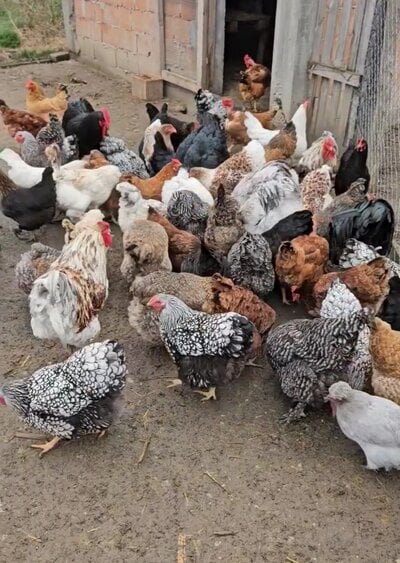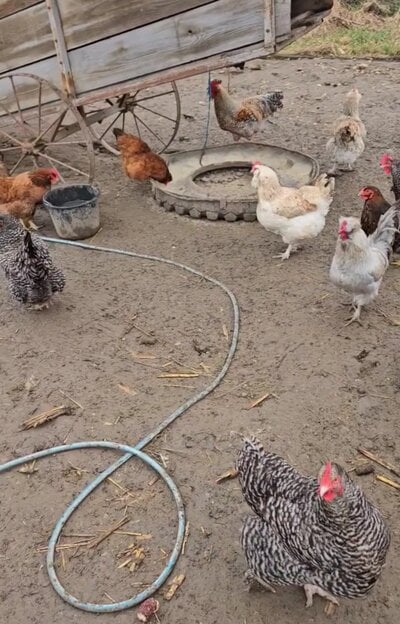Lets play gender guess game
Attachments
-
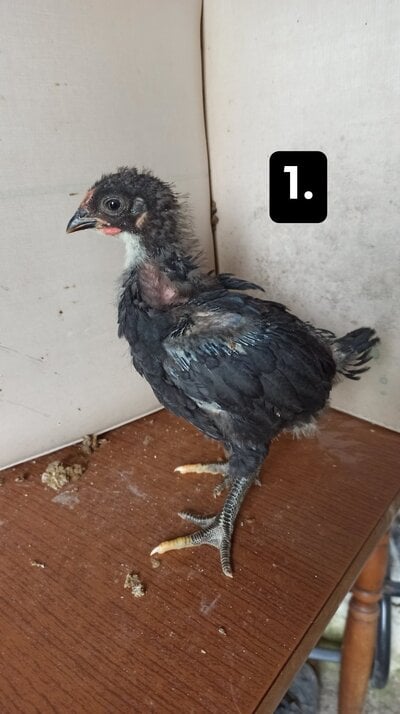 Messenger_creation_19227590-d433-4f87-8f38-bc1b9e30166b.jpeg235.5 KB · Views: 22
Messenger_creation_19227590-d433-4f87-8f38-bc1b9e30166b.jpeg235.5 KB · Views: 22 -
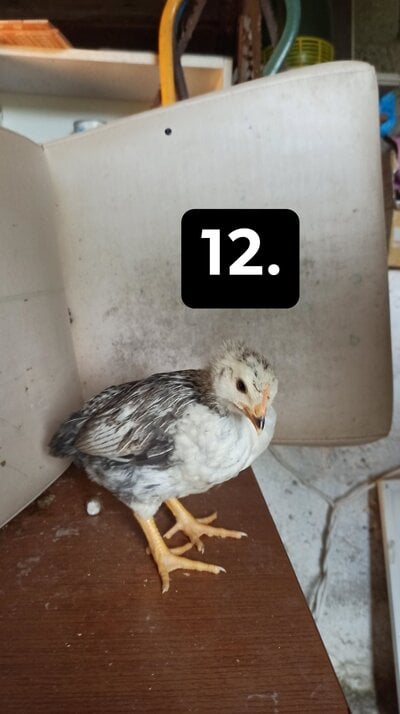 Messenger_creation_97d41492-67c2-400e-8f02-0e0a88897276.jpeg188.1 KB · Views: 10
Messenger_creation_97d41492-67c2-400e-8f02-0e0a88897276.jpeg188.1 KB · Views: 10 -
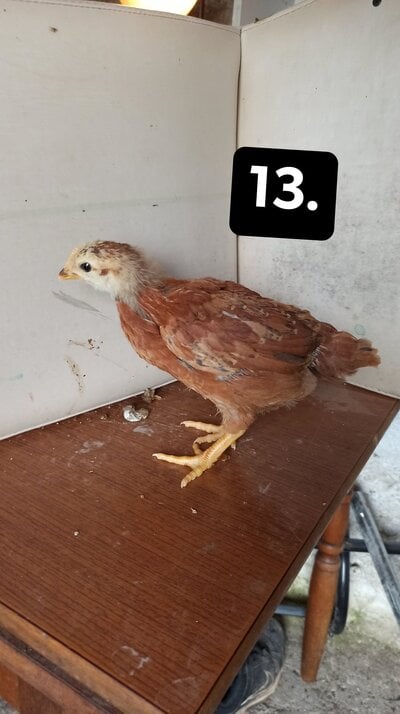 Messenger_creation_9b6cab80-4875-426a-a1a2-d5b19a77fc50.jpeg226.9 KB · Views: 7
Messenger_creation_9b6cab80-4875-426a-a1a2-d5b19a77fc50.jpeg226.9 KB · Views: 7 -
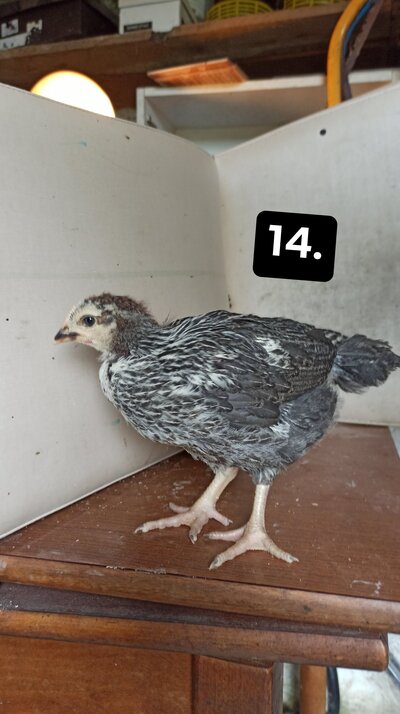 Messenger_creation_b54d8950-b164-4e6c-bcf1-962f8ed517cd.jpeg246.6 KB · Views: 6
Messenger_creation_b54d8950-b164-4e6c-bcf1-962f8ed517cd.jpeg246.6 KB · Views: 6 -
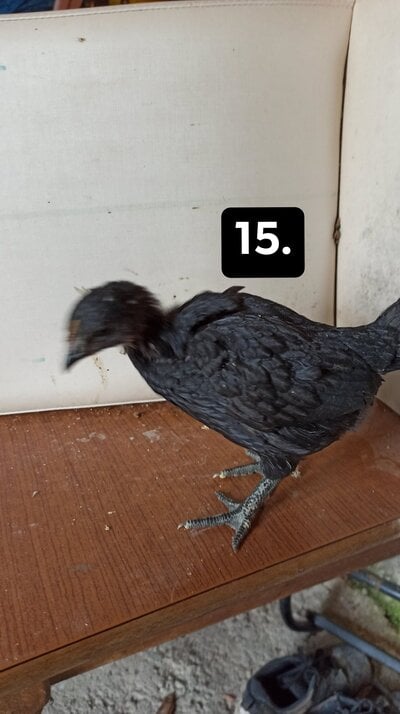 Messenger_creation_093d5605-9dc2-45c0-a7e9-84e04e1121e6.jpeg227.4 KB · Views: 8
Messenger_creation_093d5605-9dc2-45c0-a7e9-84e04e1121e6.jpeg227.4 KB · Views: 8 -
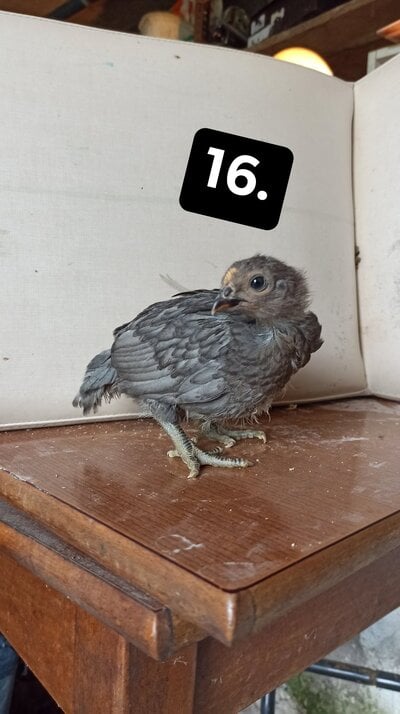 Messenger_creation_9ca1e354-0300-4d3f-b001-154c2311fbcd.jpeg255.9 KB · Views: 9
Messenger_creation_9ca1e354-0300-4d3f-b001-154c2311fbcd.jpeg255.9 KB · Views: 9 -
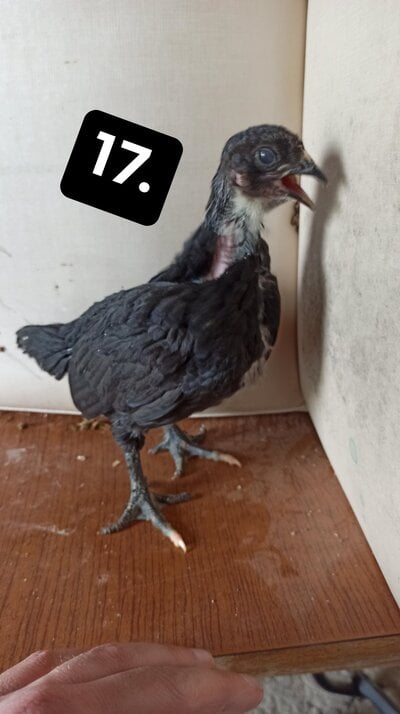 Messenger_creation_eccd7135-279a-46e1-8f06-df31e8d3b7b0.jpeg189.8 KB · Views: 9
Messenger_creation_eccd7135-279a-46e1-8f06-df31e8d3b7b0.jpeg189.8 KB · Views: 9 -
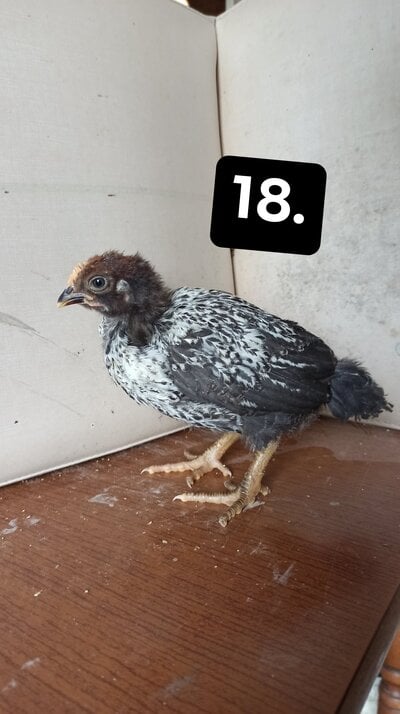 Messenger_creation_68b0d643-c17d-44ef-b9e5-10811cc7d4ca.jpeg238.5 KB · Views: 8
Messenger_creation_68b0d643-c17d-44ef-b9e5-10811cc7d4ca.jpeg238.5 KB · Views: 8 -
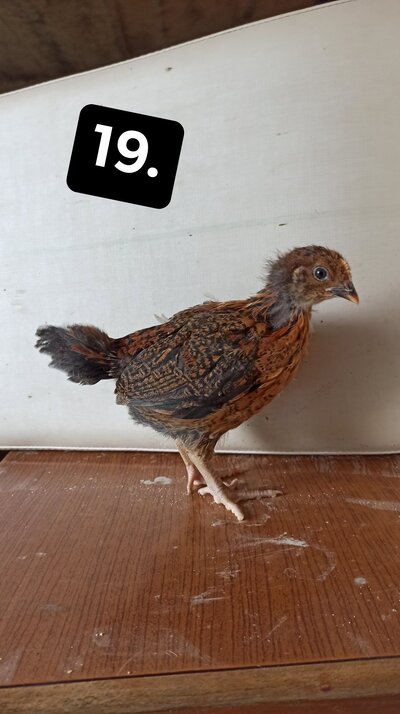 Messenger_creation_2f43754b-2c69-4885-b95a-d7d512555eca.jpeg248.7 KB · Views: 8
Messenger_creation_2f43754b-2c69-4885-b95a-d7d512555eca.jpeg248.7 KB · Views: 8 -
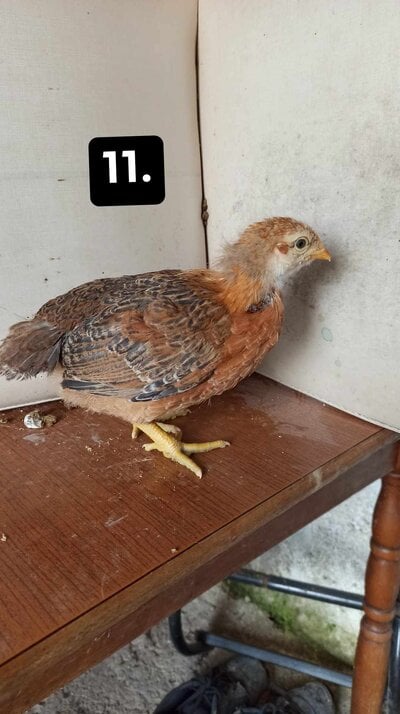 Messenger_creation_1e71ecd4-8213-4464-b76a-ccb7bf472499.jpeg124.5 KB · Views: 8
Messenger_creation_1e71ecd4-8213-4464-b76a-ccb7bf472499.jpeg124.5 KB · Views: 8 -
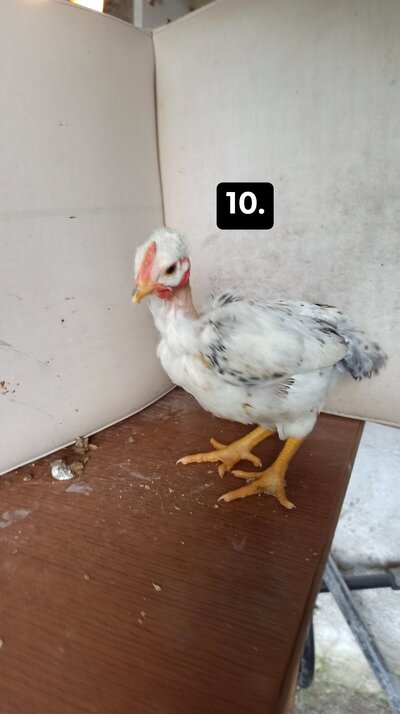 Messenger_creation_7149b739-4f02-495d-aa4a-064d7c9ce9cd.jpeg169.6 KB · Views: 8
Messenger_creation_7149b739-4f02-495d-aa4a-064d7c9ce9cd.jpeg169.6 KB · Views: 8 -
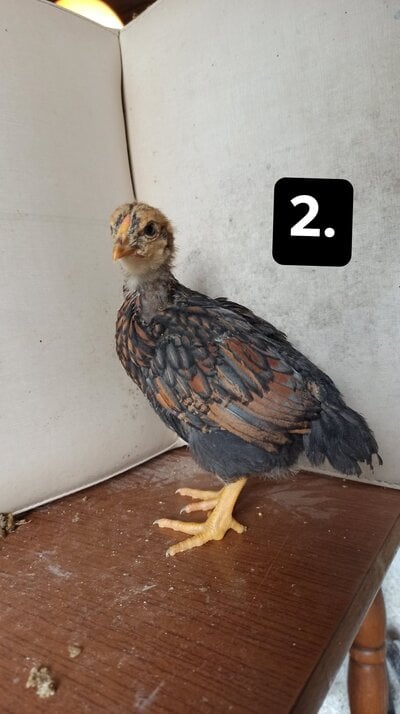 Messenger_creation_5f5ea204-3c1f-46f2-8072-240054875fa7.jpeg250.2 KB · Views: 7
Messenger_creation_5f5ea204-3c1f-46f2-8072-240054875fa7.jpeg250.2 KB · Views: 7 -
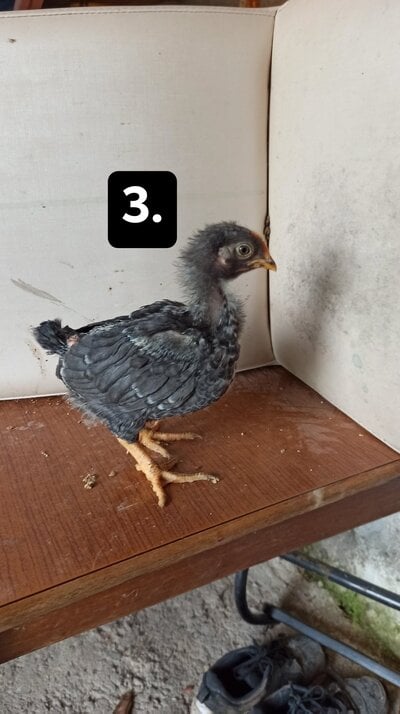 Messenger_creation_c132b9a5-d14b-480e-b613-516967db806a.jpeg243.8 KB · Views: 8
Messenger_creation_c132b9a5-d14b-480e-b613-516967db806a.jpeg243.8 KB · Views: 8 -
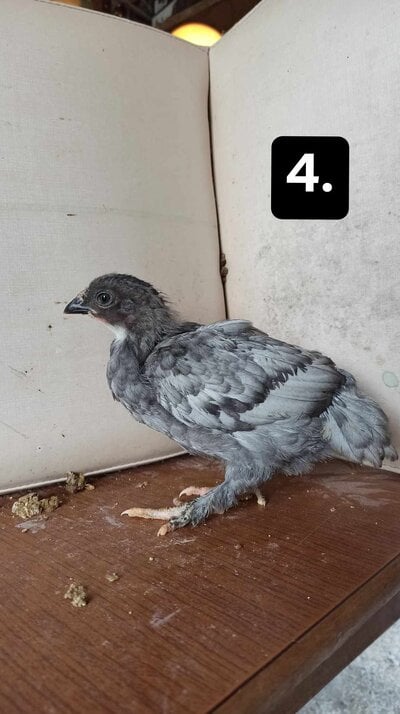 Messenger_creation_c9809581-1998-4de7-a05d-269a4109e96a.jpeg124.6 KB · Views: 9
Messenger_creation_c9809581-1998-4de7-a05d-269a4109e96a.jpeg124.6 KB · Views: 9 -
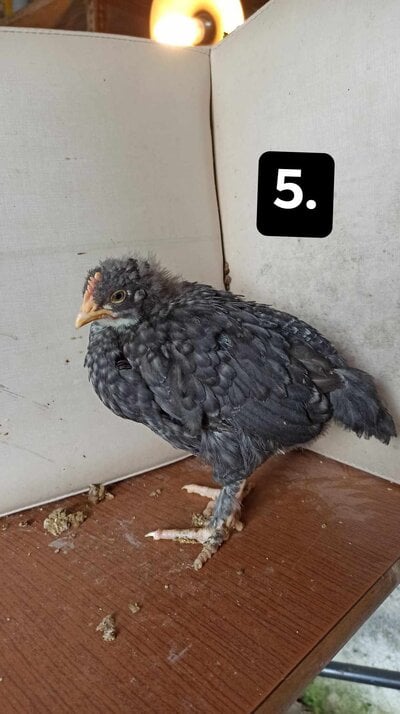 Messenger_creation_5c7275ff-f02f-44ce-8f2d-2fe786de9e45.jpeg117.7 KB · Views: 9
Messenger_creation_5c7275ff-f02f-44ce-8f2d-2fe786de9e45.jpeg117.7 KB · Views: 9 -
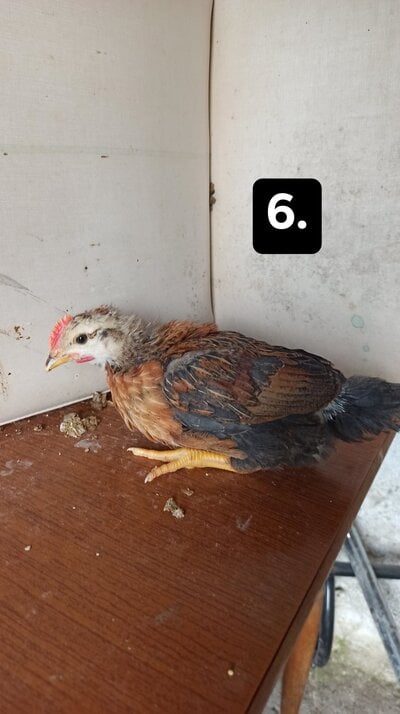 Messenger_creation_1a275d6b-7bed-41f9-b50a-01d09faa5eee.jpeg237.4 KB · Views: 8
Messenger_creation_1a275d6b-7bed-41f9-b50a-01d09faa5eee.jpeg237.4 KB · Views: 8 -
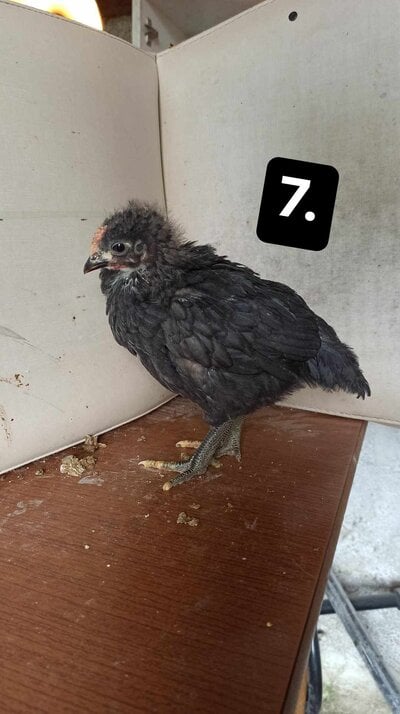 Messenger_creation_3d4c8b63-eaa3-486f-b263-ab11fcffa09c.jpeg115.9 KB · Views: 9
Messenger_creation_3d4c8b63-eaa3-486f-b263-ab11fcffa09c.jpeg115.9 KB · Views: 9 -
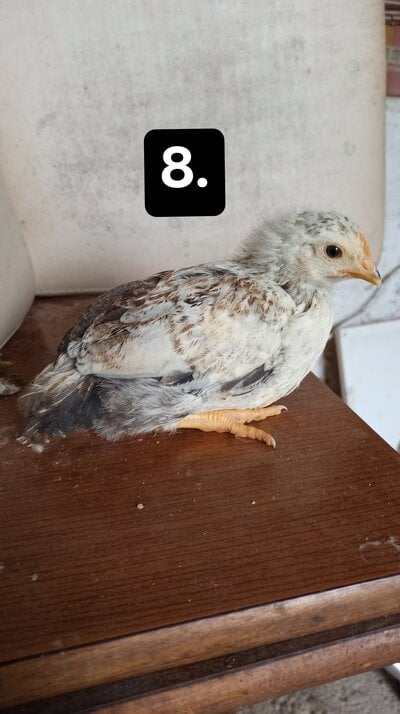 Messenger_creation_1440b824-51c8-42ad-a081-e4efc7442145.jpeg250.4 KB · Views: 8
Messenger_creation_1440b824-51c8-42ad-a081-e4efc7442145.jpeg250.4 KB · Views: 8 -
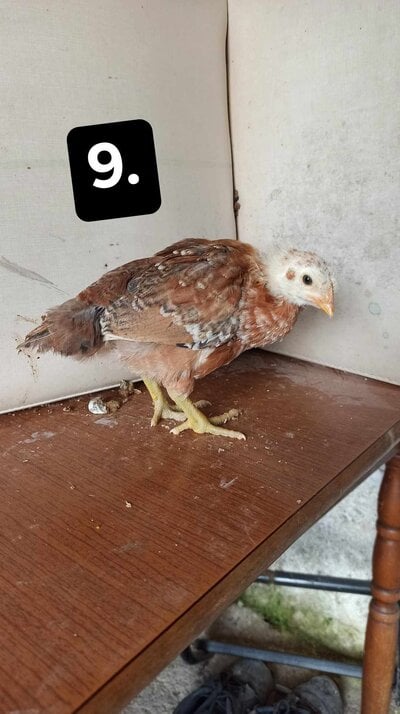 Messenger_creation_98a11a0c-66ed-445c-8bc7-3860b69191da.jpeg125.2 KB · Views: 10
Messenger_creation_98a11a0c-66ed-445c-8bc7-3860b69191da.jpeg125.2 KB · Views: 10




